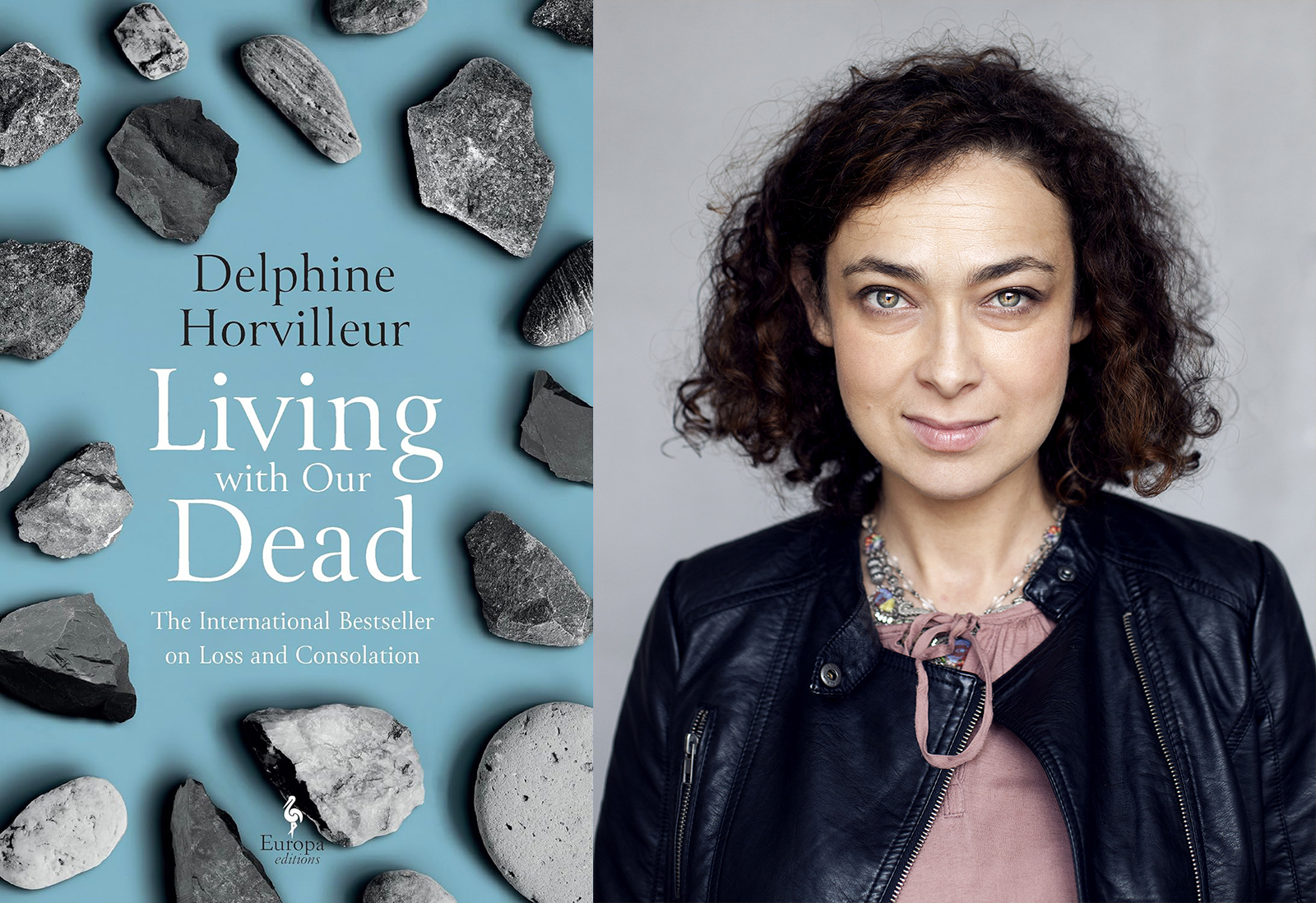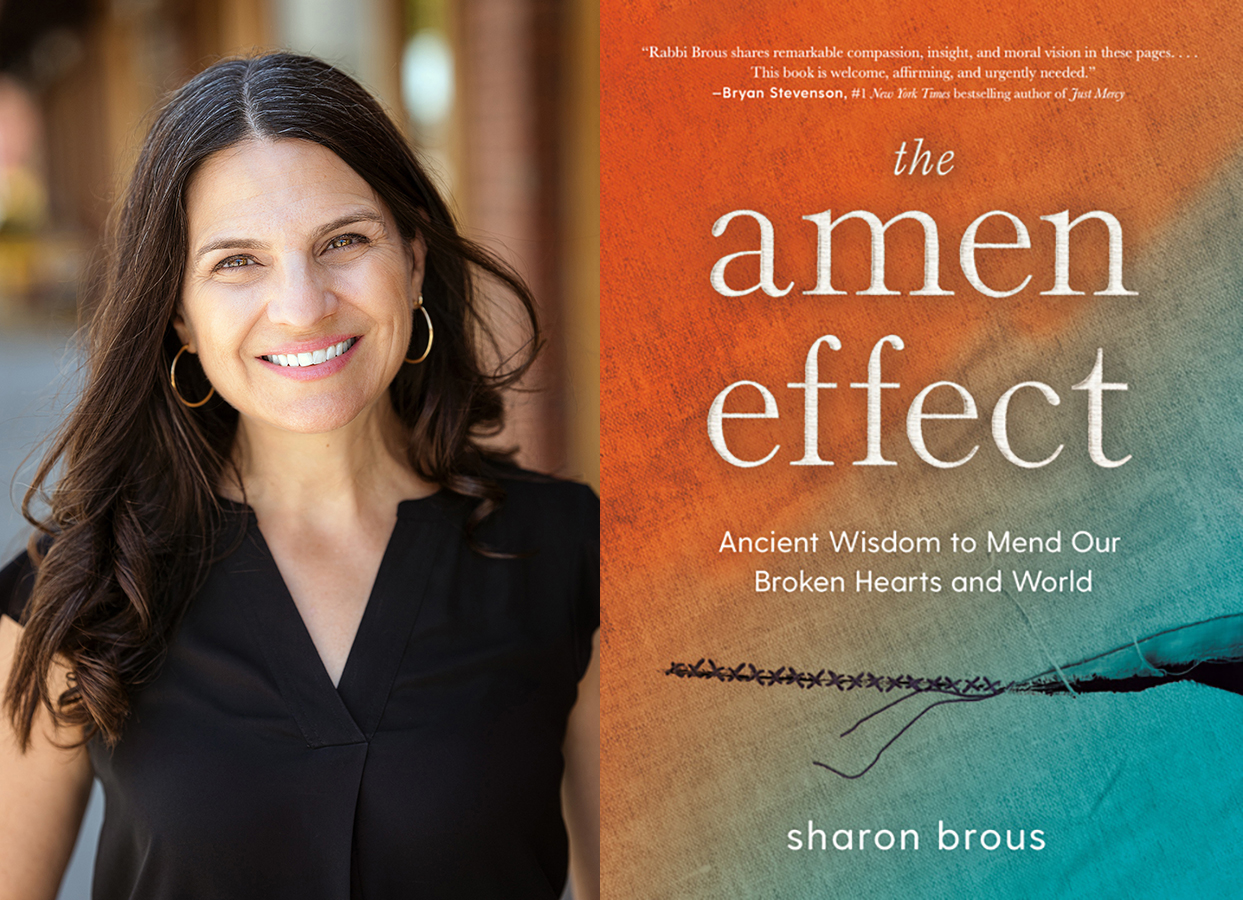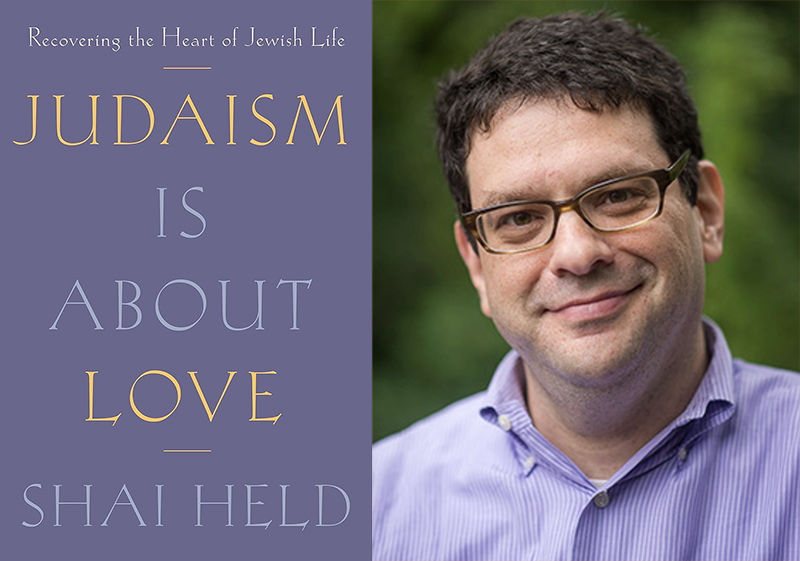(RNS) — A trio of new spring books written by rabbis demonstrate the strength of the adage that no two are alike.
Two of the authors, Rabbi Delphine Horvilleur and Rabbi Sharon Brous, draw deeply on their experiences as pastors of their respective flocks — Horvilleur’s in Paris, where she is a leading figure in the Liberal Jewish Movement in France, and Brous in Los Angeles, where in 2004 she founded the IKAR spiritual community, which defines itself as “a spiritual community” since, according to its website, “words like ‘synagogue’ can feel constraining.”
Their perspective on faith comes from counseling those in dire straits and teaching and presenting Jewish tradition and texts to comfort and educate. For Horvilleur, that amounts to “giving the person who hears the story for the first time unique keys with which to unlock the meaning for themselves — that is my function.”
One of just five female rabbis in France, and certainly one of the most prolific, Horvilleur has written an elegantly slim and majestically poetic book, “Living With Our Dead,” structured around eulogies for particular individuals. Some are well known, such as Elsa Cayat, a psychotherapist murdered in the Charlie Hebdo attack, and Simone Veil, the first woman president of the European Parliament. Others are more obscure: Sarah, a survivor of Auschwitz, has just a single son at her funeral to memorialize her.

“Living With Our Dead” and author Rabbi Delphine Horvilleur. (Photo by Rudy Waks)
Horvilleur gives each person being eulogized the same dignity and care, trying to understand who she was and how to reflect that back to the grieving family. Of Cayat and her violent death, the rabbi writes, “too often a brutal end can kidnap the entirety of an existence, reducing it to its final outcome. But there is a way of preventing death from stealing the full story of a life. Never tell the story of a life by its end, but by everything within it that considered itself without end. Remember to talk about everything that might have been before saying what will no longer be.”
Horvilleur wisely recognizes that a funeral is not the time to educate mourners who are not deeply knowledgeable about Jewish customs. “Do grief stricken mourners need history lessons? Of course not. But there is no harm in putting before them the polyphonic voices of the Jewish tradition.”
Yet in writing about death, she writes about the will to life as well. In a chapter titled “The man who didn’t want to die,” she writes about Moses’ writing of the Torah that he “transmitted to his people a way of knowing in the form of letters that could grow, exactly like the mysterious marks that ornament them. These branches, given to the world, would continue to develop after him.”
Where Horvilleur pores over individual lives, Brous is attempting in “The Amen Effect” to create a movement and community. She is less trusting of the reader with her ideas, constantly spelling out and reiterating her points and skipping the poetry for cliche and social justice jargon. “I am in the camp that believes that our most urgent task is to expose and dismantle unjust systems,” she writes, “which requires marginalizing supremacist ideologies not accommodating them.”

“The Amen Effect” by Rabbi Sharon Brous. (Courtesy photo)
Even where her rhetoric matches the depth of her ideas, one senses the privileged space that she and her congregants occupy. “No one can do this sacred work alone,” she writes of the work of mending a garment that has been intentionally torn out of grief at a funeral in a ritual called kriah. “One must hold the frayed edges close while another threads this needle, and yet another begins to stitch away all of us taking turns as our weary hands callous from the work. The amen effect affirms the tear, hold the broken pieces together with grace, and let the healing begin.”
But Brous does have important messages about what it means to live in a group committed to similar values and to helping one other through the difficulties of being human. She tells the story of a rabbi who weeps with his student over the fact of our mortality, writing, “He has to realize that he can’t excise his friend’s suffering but he can sit with him in the dark.”
(Characteristically, she then proceeds to bury the moment in religion talk and repetition: “The promise of the amen effect,” she writes, “the ritualization of care is that we can break the spell of avoidance and denial to find our way to each other, meaningfully and lovingly, even — especially—in the dark.”)
Rabbi Shai Held, the founder of the Hadar Institute, which promotes Jewish literacy among adult Jews, takes up a lot of serious ideas in his book, “Judaism Is About Love,” but makes them accessible. Though the book is 386 pages of text with another 100 pages of notes, it is well organized, marshaling a crowd of arguments about loving the self, loving others, bringing the love of God to others and the theology of a loving God.

“Judaism Is About Love: Recovering the Heart of Jewish Life” by Rabbi Shai Held. (Photo by David Khabinsky)
Held is interested in explicating Judaism for a modern American audience, one that is influenced by the ideas of the surrounding culture yet faithful to its roots in traditional Jewish sources. But his thinking is enriched by the variety of sources on which it draws — he is unafraid to quote Christian theologians and philosophers, as well as Bible scholars.
At this moment of rising antisemitism, Held’s brief for the importance of love — as an emotion and as action — in a religion many view as overly legalistic is especially significant. Held explains: “To love God is to provide God with an earthly home. To love God is to live with a passion for the ethical and an openness to the sacred,” he writes, “and thus to invite God back into our world.” Thus, for him, the ethical thrust of Judaism and its understanding of the sacred are blended, not separate, entities.
Held’s concerns go beyond the place of Judaism in the world. He talks about the power of divine love to salve the wounds of the world we all live in. “In a world overrun by savagery, in a world in which children are burned alive while the world callously goes about its business, divine anger can be a blessing. It means that somewhere, someone (Someone) truly cares about the victims.”
Equally universal is his meditation on the goals and impacts of kindness — hesed in Hebrew. “I’d suggest that we think of hesed in its ideal form as ‘love manifested in acts of kindness,’ that is, as an internal state concretely expressed in external action. God’s call and challenge to us,” he writes, “is to live lives of love manifested in acts of kindness.”
But at the heart of his book is a manifesto to the modern Jew, summed up when he says, “we need to be at once textually literate, morally sensitive, conscious of God’s vast love, and honest with ourselves about what we can and can’t believe (or yearn to believe). That task of keeping tradition alive is — always — ongoing.”
Readers interested in that task have these three books for instruction and solace.
(Beth Kissileff is co-editor of “Bound in the Bond of Life: Pittsburgh Writers Reflect on the Tree of Life Tragedy.” The views expressed in this commentary do not necessarily reflect those of Religion News Service.)





